Casting a Deep Net: Classifying Plankton from Images
Finlay Maguire
root@finlaymagui.re
Overview
- What?
- Why?
- Input data?
- Solutions?
- Performance?
What?
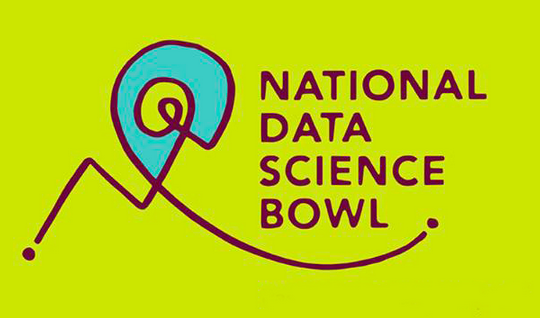
- 90 days (December 15th 2014 - March 16th 2015)
- Sponsored by Booz Allen Hamilton
- Run by Kaggle
- Hatfield Marine Science Center
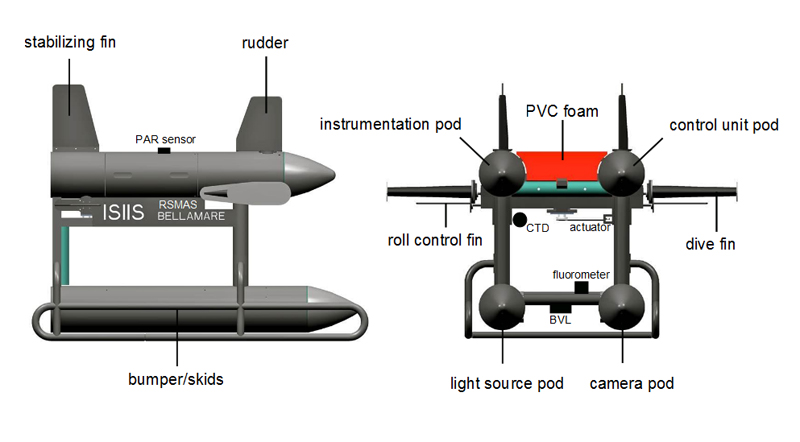
- In Situ Ichthyoplankton Imaging System
- 5 million shadowgraph images (4-5TB) a day
- Automatically segmented
- Manual analysis infeasible
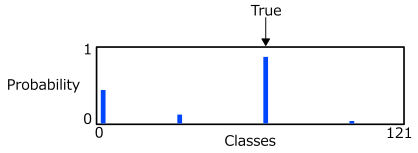
- Reliable automated identification of plankton
- 121 provided labels
- Generate probability distribution for each image across labels
Evaluation
- multi-class logloss (cross-entropy loss or negative loglikelihood)
$$logloss = -\frac{1}{N} \sum_{i=1}^{N}\sum_{j=1}^{M}y_{ij} log(p_{ij})$$
- N is size of test set (20,000)
- M is number of class labels (121)
- yij is 1 if observation i is in class j and 0 otherwise.
- pij is our predicted probability that i belongs to j
Evaluation
- Sensitive to overconfidence
- Differentiable
- Not the same as accuracy ($\frac{TP + TN}{TP + TN + FP + FN}$)
- 30:70 public:private test data split
Why?
Important problem
- Ecological indicator of oceanic conditions
- Ecosystem functions
- Fishery monitoring
- Allows autonomous remote monitoring
Learning opportunity
- Machine learning practice
- Collaborative coding practice
- Playing with latest techniques
- Fun
- Instant feedback without data cleaning and gathering
- ...$100,000 1st Place Prize
Input Data
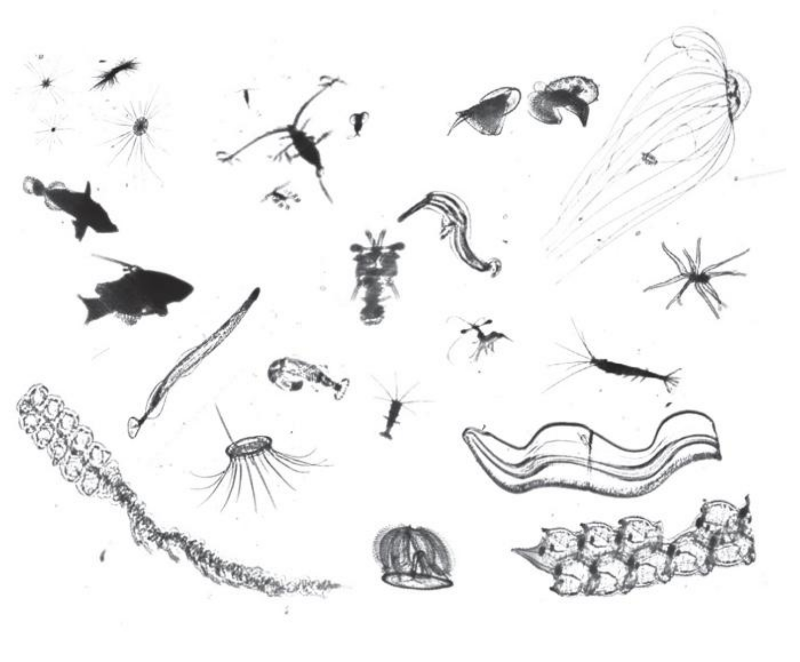
- 30,336 labelled
- 20,000 unlabelled
- 121 classes
- 84-95% self-consistency in labelling [Culverhouse, 2003] (Dinoflagellates)
- Scale invariant
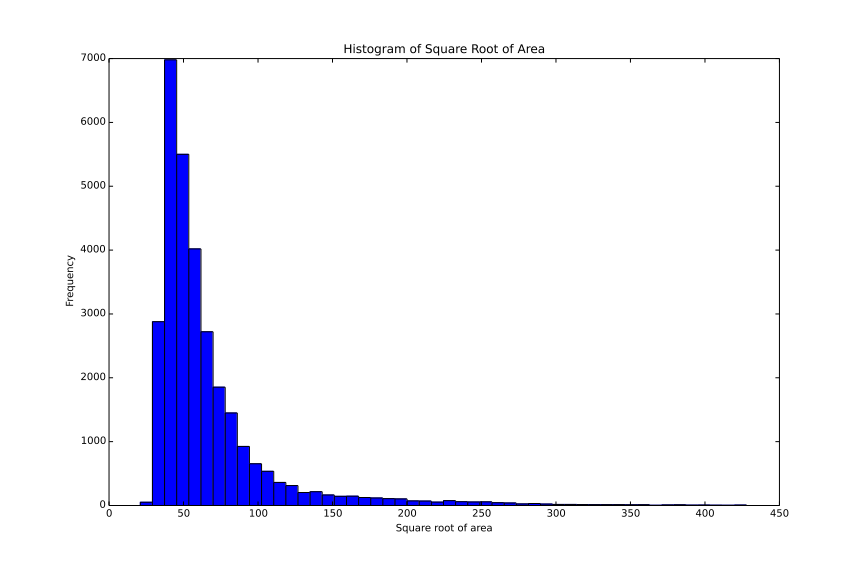
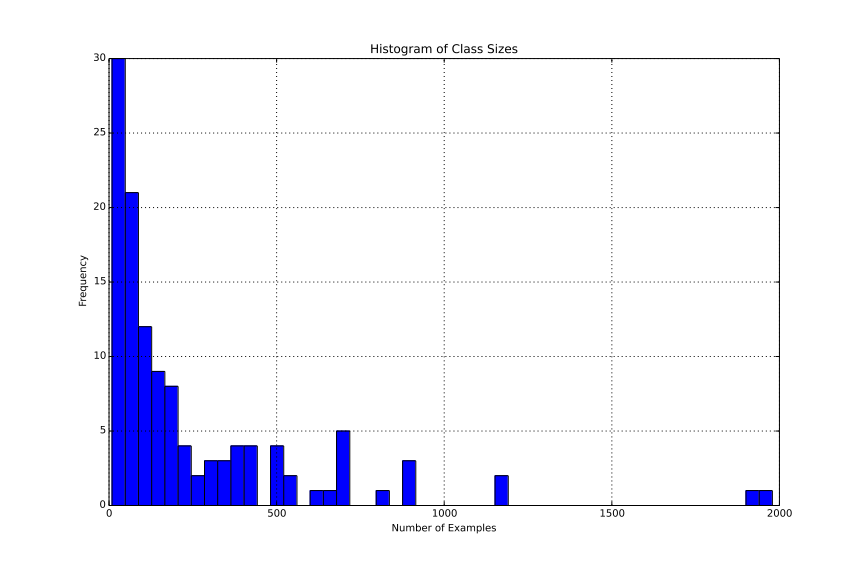
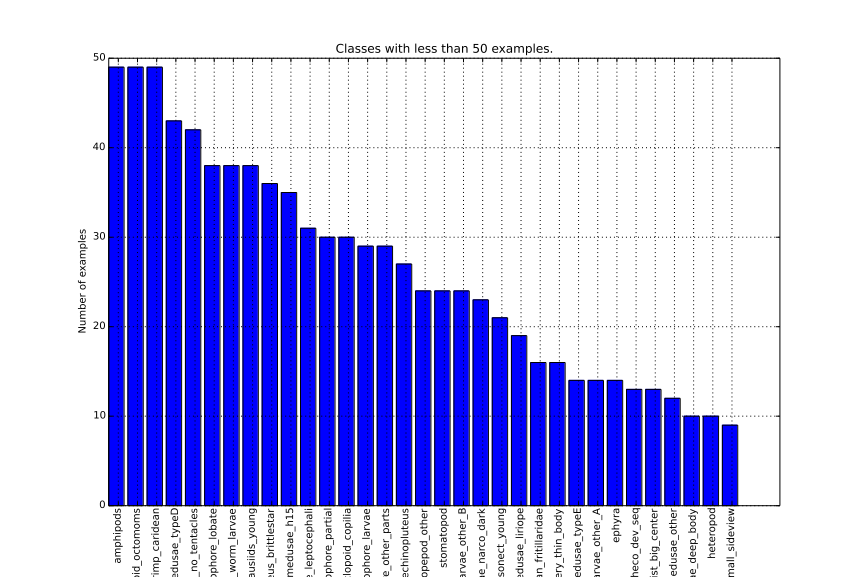
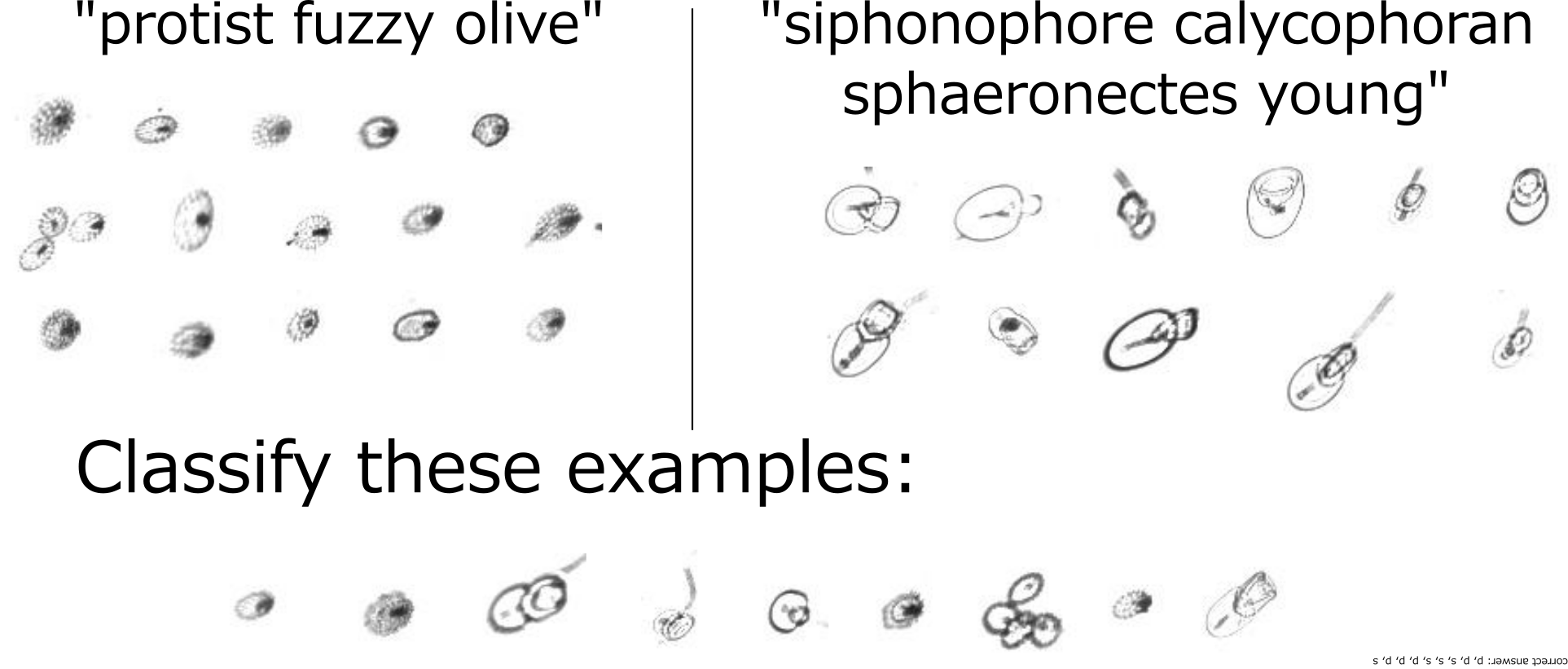
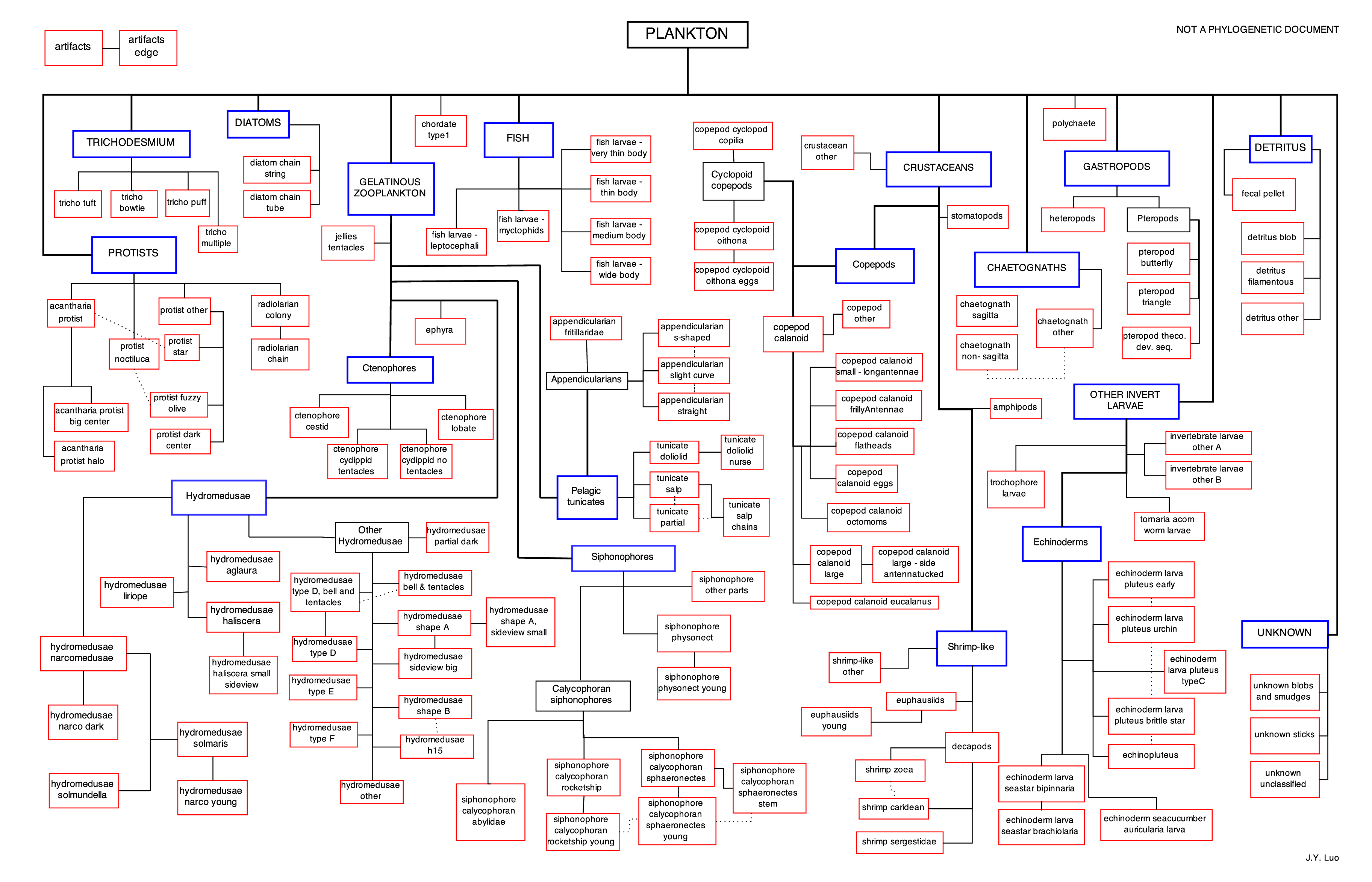
Making the most of this data
Rescaling
- Constant size
- Makes life a lot easier
- Makes training more stable
- Lose detail (siamese network)
- Lose sizing information (scale invariance)

Hierarchial modelling


- 6 parallel softmax output layers
- Improved initial learning rate
- Logloss performance was unchanged
Our Model
- Two approaches
- Classical Computer Vision e.g. BugID
- Convoluted Neural Networks e.g. ImageNet
- Combine best of all worlds
Classical Computer Vision
- More similar to classifiers explained
- Apply specific functions to detect local features
- General global image characteristics
- Fit standard classifier RF, SVM, LR
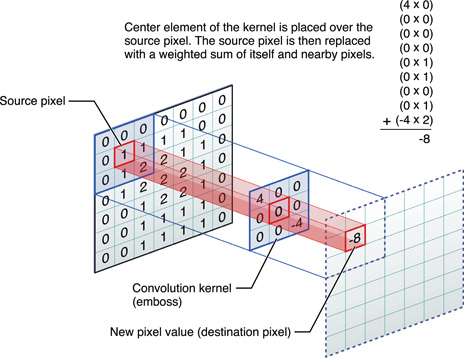

Computer Vision Performance
- Better with global rather than local features
- Hiearchial label data made no difference
- Slow, painstaking, manual
- Worse than even simplest convnet
So what are Convnets?

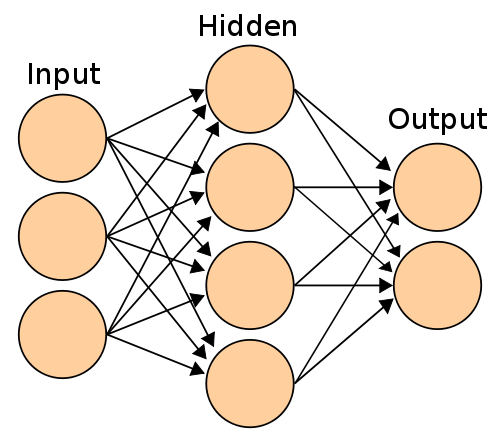
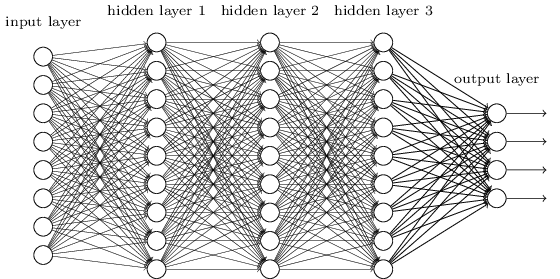


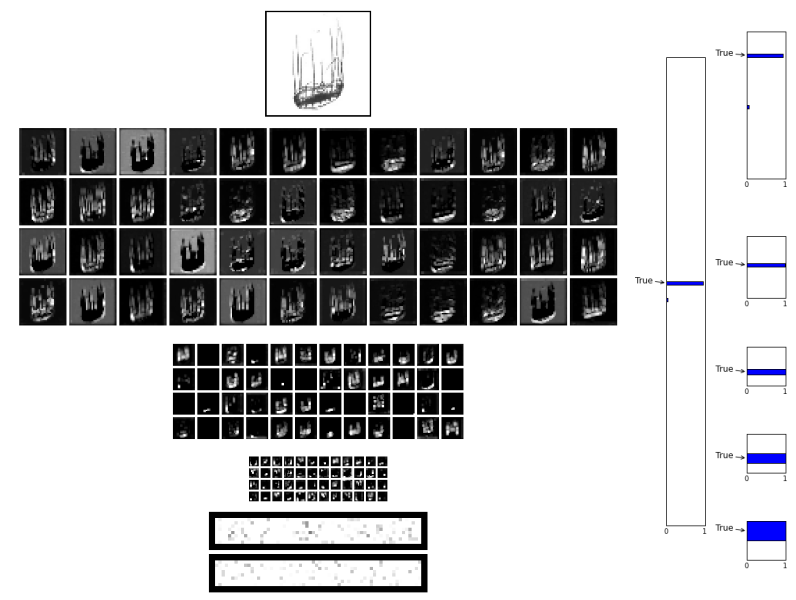
Combining approaches
- Integrated augmented CV-features with convnet
- Added into network after convolutions
- Decreased performance
- Model averaging
How did we do?

- 57/1,054 teams (5.4%)
- Our LL and PPV = 0.704, 74.38%
- Winner LL and PPV = 0.565, 81.52%
- Very similar methodologies
So what did the winners do differently?
- Everything we did but better!
- More convolution layers with smaller kernels
- Simultaneous cyclic pooling
- Leaky rectified linear units
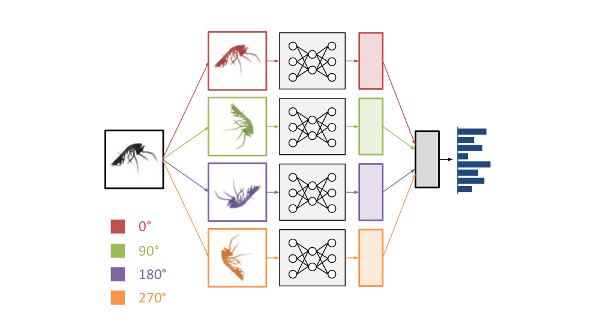
Conclusions
- Convnets are very powerful
- However: implementation is non-trivial
- Experiment with parameters individually
- Unit testing your code is incredibly useful
Acknowledgements
University of Edinburgh Neuroinformatics DTC:
- Gavin Gray
- Scott Lowe
- Alina Selega
- Matt Graham
- Dragos Stanciu
Citations
- PF Culverhouse, Williams R, Reguera B, Herry V, González-Gil S. (2003) "Do experts make mistakes? A comparison of human and machine identification of dinoflagellates." Mar. Ecol. Prog. Ser. 247:17-25.